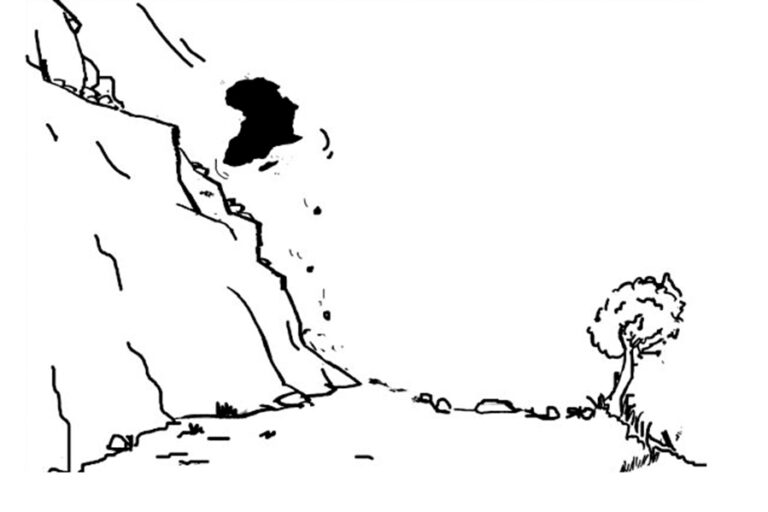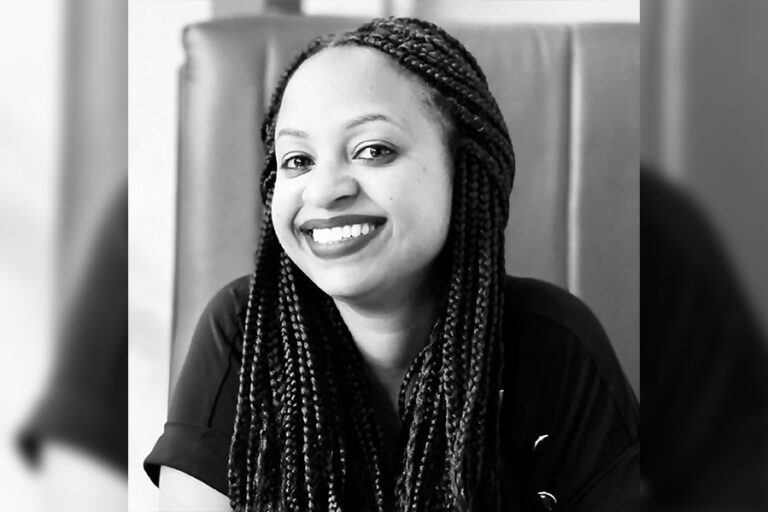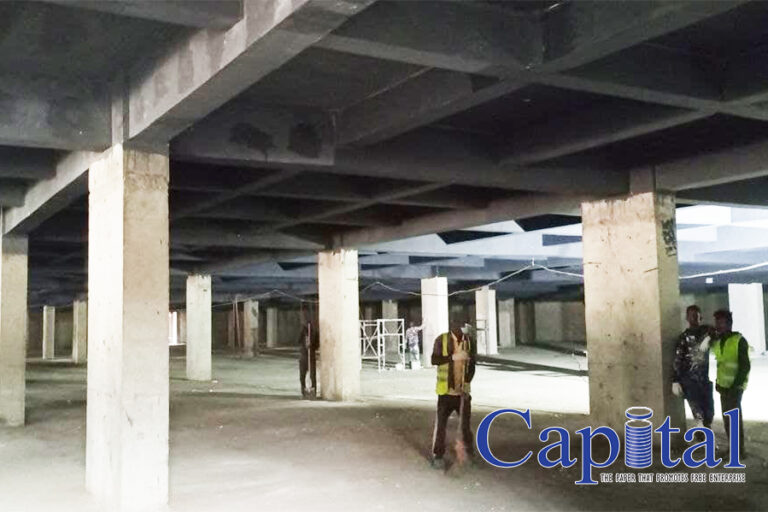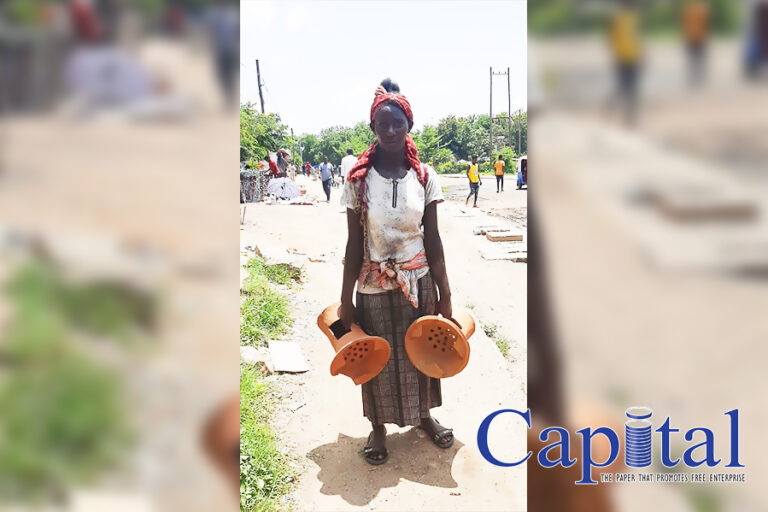Decades after the formal decolonization of Africa, the countries of the continent lack plenty of things to be considered independent or sovereign. If truth be told, flag independence brought more dependence than anything else. African economies are now firmly integrated into the lopsided world system, without much hope towards self-reliance. The so-called ‘democratization’, which was launched in the early 1980s, proved to be a monumental farce! Every few years, hundreds of political parties vie for state power with the clear intention of leveraging high offices to engage in serious looting. In Africa, major businesses cannot be envisioned without the blessing of political power, and political power cannot be envisioned without obsessing ethnicity. The routine is now well established. In fact, multiparty politics created fertile grounds for increased conflicts. ‘It is our turn to eat’ is Africa’s current Magna Carta and presupposes a rotation of looting by groups bent on identity politics (ethnic, religious, etc.) The chronic grand political corruption in Africa is now labeled the ‘AIDS of Democracy’!
Good governance is no more the driving force of African governments/countries. Since parasitic accumulation leveraging identity politics is the main pillar of Africa’s modernity, an integrity system that upholds transparency and accountability has become anathema to governments. Critically inclined individuals questioning systemic corruption are/were quietly removed from public discourses. At times, they are removed from the planet altogether, period! Our zombified elites or ‘useful idiots’, as Lenin used to call them, are not in a position, intellectually, emotionally, financially, etc., to challenge the ongoing protracted public looting! In the meantime, the sheeple, (human mass) rudderless as ever, still awaits for ‘Godot’, so to speak, while, intensifying polarization is taking its toll on the continent. The ideology of neoliberalism that obtains all over implicitly condones corruption by way of favoring crony capitalism over free market economic activities. The continental/regional/country wide destabilizations are reactions to the prevailing abusive governance. It seems The Sahel, North Africa, The Great Lakes region, The Horn, are in the process of slow motion fragmentation.
We feel it is instructive to examine the history of a once progressive party, which was enticed to degenerate into utter decadence. After taking state power, the TPLF led EPRDF (of Ethiopia) allowed grand political corruption to penetrate every nook and cranny in the country, citing the proverbial excuse of regional devolvement (read ethnicity). As a result, Ethiopia’s once respected and relatively capable bureaucracy became a mere pawn in the hands of political goons. This project of fostering intentional decay created a culture of mediocrity and corruption unseen and unheard in the history of the country. Connection to the power that be, rather than uprightly upholding laws, became the new modus operandi. At this point, it is worth mentioning how the goons of the party frustrated a civil society initiated grass root anticorruption movement. EPRDF’s unethical leadership successfully fought, tooth and nail, to stop this mass based organization from taking hold of the sheeple’s imagination! This column repeatedly advised EPRDF and its leadership not to take the paths of the Mafiosi, but to no avail. EPRDF became a den of well-known corrupt elements from all walks of life. By pushing policies that alienated it from the masses, EPRDF became the visible protector of various criminalities. The rest is history. Again, nothing new here!
Without a clear salvation plan, Africa is speeding towards its demise. To some extent, this quagmire is self-inflicted. Quality leadership with a potential to articulate as well as maneuver a relatively independent path, was systemically mowed down, to help facilitate the emergence of a strata of ‘useless idiots’, eager to blindly serve the callous interests of transnational capital. Again, nothing new here! Unfortunately, the way we are going about it, it seems ‘failed and failing states’ will become the norm in our expansive continent. To this end, the lack of independent media, to say nothing about tangible democracy, is and will continue to impede the ushering of liberating narratives!
The sheeple needs continuous guidance and illumination. Institutions that could potentially forge such a milieu are not encouraged in Africa, as they can positively impact the sheeple’s conscience. For instance, the paid media (state, private, NGOs, etc.) is not in the business of enlightening the African sheeple. On the contrary, its intention is to make sure we become mindless consumers as well as promoters of useless policies, ideologies and culture. The main objective is to make sure we do not develop reality-grounded self-awareness, as that can potentially lead to self-reliance and independence of thought! Naturally, one of the main objectives of the state media is to continuously lie, so that incumbent politicos will remain in power for prolonged looting. By and large, Africa’s so-called private media is not really private, it is a direct or indirect subsidiary of the global MSM (Main Stream Media), which in turn is under the thumb of transnational capital. Many of these so-called African media do not even have their own editorials. They tend to parrot what is given to them by their paying masters, albeit in the various local dialects; nothing more! Oligarchs also use private media to misguide/indoctrinate the sheeple so that they can get away with murder. At the end of the day, the MSM is the amalgam of private and state media. In the words of former assistant secretary of the US treasury; the MSM is a presstitute! We say no more; except to mention that all attempts to establish independent media outlets in Africa have been thoroughly frustrated, by all sorts of interests (Pambazuka, et al.) Again, nothing new here!
Obviously and particularly at this point in time, ignorance and silence are not what suffering Africa needs. What Africa desperately wants is leadership with transformational vision. Unfortunately, committed and capable generation would not come to the fore as long as Africa’s institutions are only too eager to worship mediocrity and corruption. It is clear that independent attitudes in all spheres of existence have become threatening to the insecure and power hungry politicos, determinedly thriving on identity politics based ineptitude. The selection criterions for all posts in Africa, particularly in government agencies, are no more based on merits, even in the critical professions where skill remains crucial. “It is not what you know and what you do, but rather what you are, ethnologically, that will accrue you benefits in Africa”!
VOICELESS AFRICA
Yordanos Hailemichael
Name: Yordanos Hailemichael
Education: Degree in Nursing
Company name: Ziptole Restaurant
Title: Manager
Founded in: 2020
What it does: Serves Mexican American dishes
HQ: Addis Ababa
Number of employees: 18
STARTUP CAPITAL: 2 million birr
CURRENT CAPITAL: Growing
Reasons for starting the business: Life experience
Biggest perk of ownership: Being hard and sturdy in every situation
Biggest strength: Not giving up
Biggest challenging: Lack of exposure and community awareness to try new things
Plan: Making it a famous brand
First career: Nurse
Most interested in meeting: Ermias Amelga
Most admired person: My sister’s friend
Stress reducer: Watching movies
Favorite past time: Time with family
Favorite book: Oromay by Bealu Girma
Favorite destination: The Maldives
Favorite automobile: Toyota Pick-up Revo






